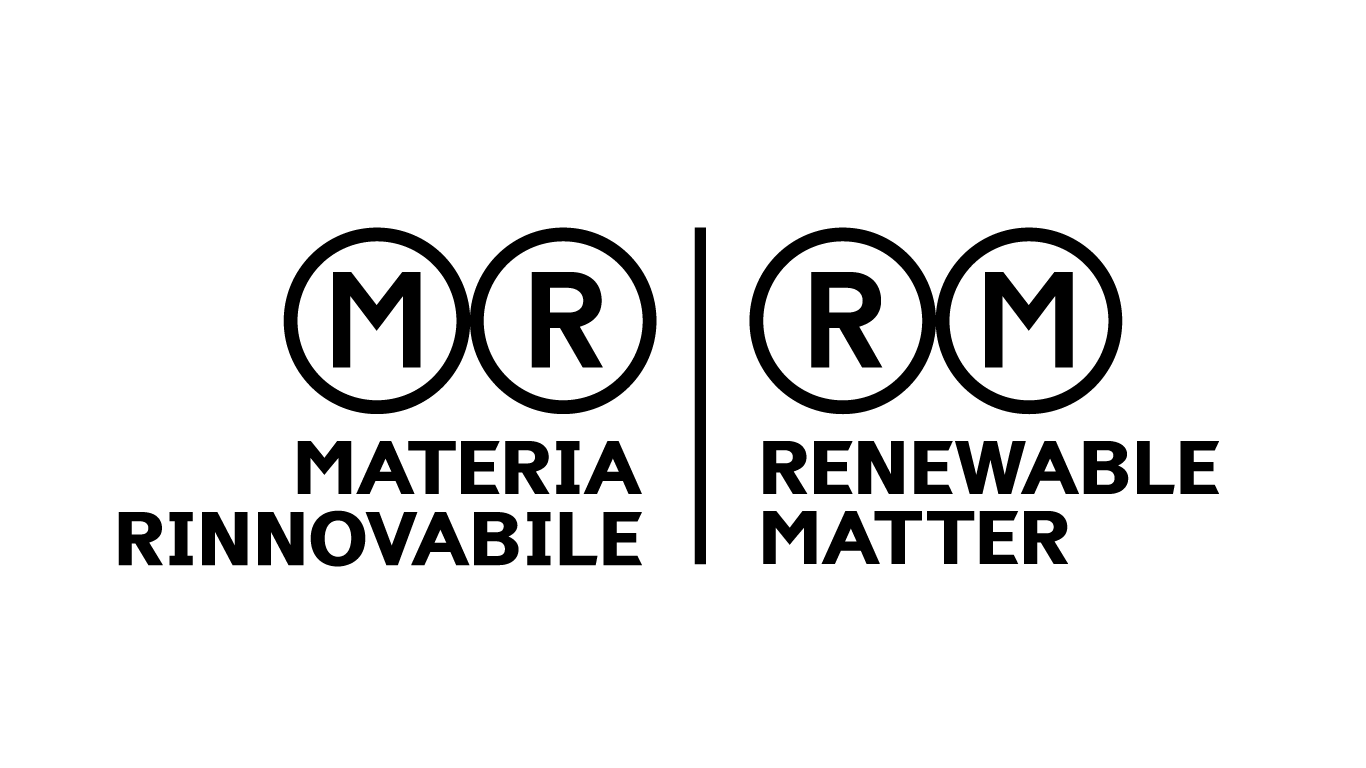This article is also available in Italian / Questo articolo è disponibile anche in italiano
Sustainability is an increasingly urgent issue in the textile industry, where manufacturing processes are often resource-intensive and contribute to generate significant waste. In particular, in the field of performance textiles the challenge lies in striking the right balance between protection, comfort, and environmental responsibility. One company which is navigating a shift towards recycled material while mantaining high quality products is PrimaLoft, known for developing insulation fabrics primarly used in outdoos apparel, beeding, footwear, and gear.
We spoke with Erika Enquist, Senior Manager of Global Quality and Sustainability of PrimaLoft, to inquire about the complexities of recyciling materials of the group and their innovations to respond to today’s market demands. Enquist’s role is about ensuring that all of their operations are in compliance with international standards for social compliance, as well as monitoring the environmental impact of the company’s facilities.
What are the key pillars of sustainability for the group?
Our goal at PrimaLoft is to be the most sustainable igniter brand, inspiring tangible environmental and business impact for our planet and partners. We’re setting specific, science-based targets towards achieving a drastic reduction in our overall footprint. Our key pillars surrounding decarbonization efforts include recycled polyester, biodegradability, circularity, non-fossil fuel products and reduced emissions.
A critical priority is to reduce emissions produced throughout our value chain. We’re proud to announce that, as of January 2025, our flagship PrimaLoft Gold Insulation product is produced exclusively using the company’s innovative technology, a groundbreaking manufacturing method that reduces carbon emissions during the production of synthetic insulation by 50% or greater, compared to traditional methods. The transition represents the first step toward applying the technology across PrimaLoft’s product portfolio, with a significant number of additional products converting over the next three years.
Which recycled materials are you focusing on? What are the main complexities of obtaining recycled material for use in your products?
PrimaLoft’s use of recycled materials diverts millions of plastic water bottles from landfills and waterways. We’ve been using recycled content in products, dating back to 1997, well before the industry was ready to adopt the practice. Sourcing recycled materials that maintain the level of quality needed to produce high-performance insulation has historically been the biggest obstacle to developing products that meet both sustainability and performance standards. Around 10 years ago, we made a breakthrough in our sourcing strategy that enabled us to expand our use of recycled polyester throughout our portfolio, all while maintaining, and even improving upon, our industry-leading performance. Looking ahead, we’re actively working on circular-enabled solutions that utilize additional sources of recycled materials. We're excited for the future of circularity and our ability to make an impact across more than 1,000 brand partners.
What percentage of your materials are recyclable?
Around 70% of our product portfolio is made using 100% recycled materials. There are times when, in order to maintain our high-performance standards, it’s necessary to incorporate cleaner feedstocks not made from recycled content. However, we always use 100% recycled content wherever we can, and we are always striving to find solutions for incorporating more recycled materials while maintaining, or even improving, performance. The vast majority of our product line is made from 100% PET, which means it is capable of being recycled in both mechanical and chemical processes.
How are you working to increase the durability of your textiles? How do you test it?
At PrimaLoft, we understand that durability is a key driver of sustainability. We’ve increased our testing rigor to ensure our products are made to last a lifetime. We conduct testing surrounding dimensional changes of fabric and insulation after home laundering, thermal testing before and after wash, pilling and abrasion testing, and compression and recovery testing. Additionally, through our wear testing program, we gather both quantitative and qualitive feedback from real-world users. This ensures that our insulation products not only excel in the lab but also meet the rigorous demands of outdoor adventures.
How do you communicate to your customers and brands?
We believe in radical transparency, built on the pillars of truth, visibility, and action. Through our Relentlessly Responsible Report, we share both the challenges and triumphs we’ve achieved throughout our journey to not just meet industry standards, but to set new ones. We have an extensive global operations and customer service team that prides themselves on ensuring partner satisfaction.
Cover: Erika Enquist



